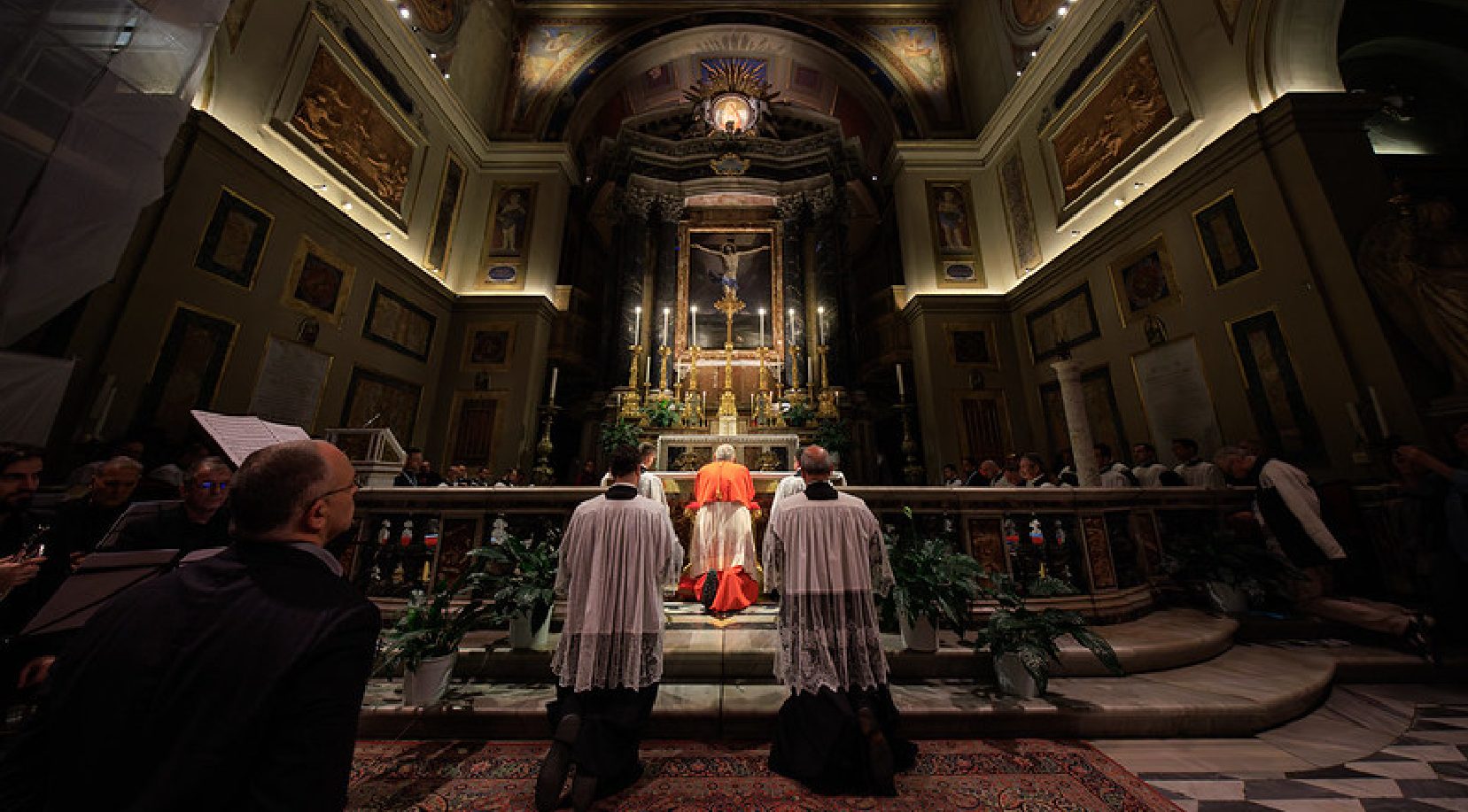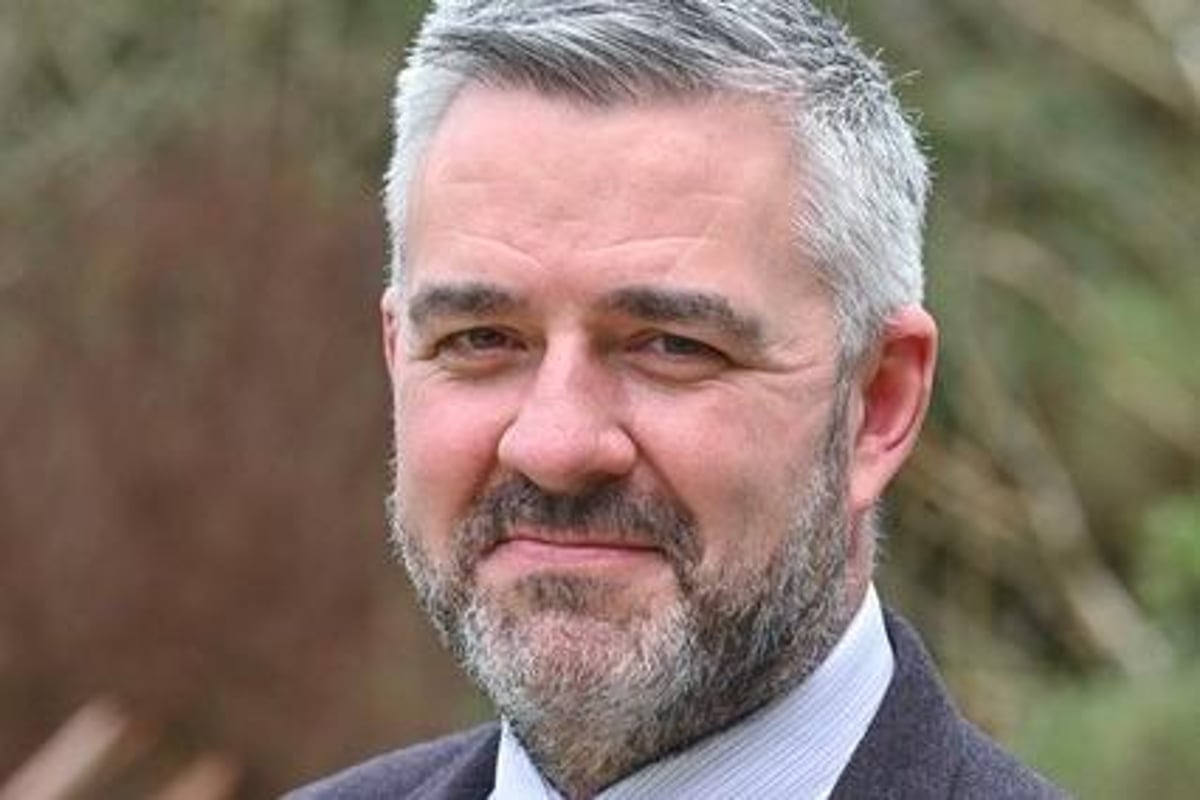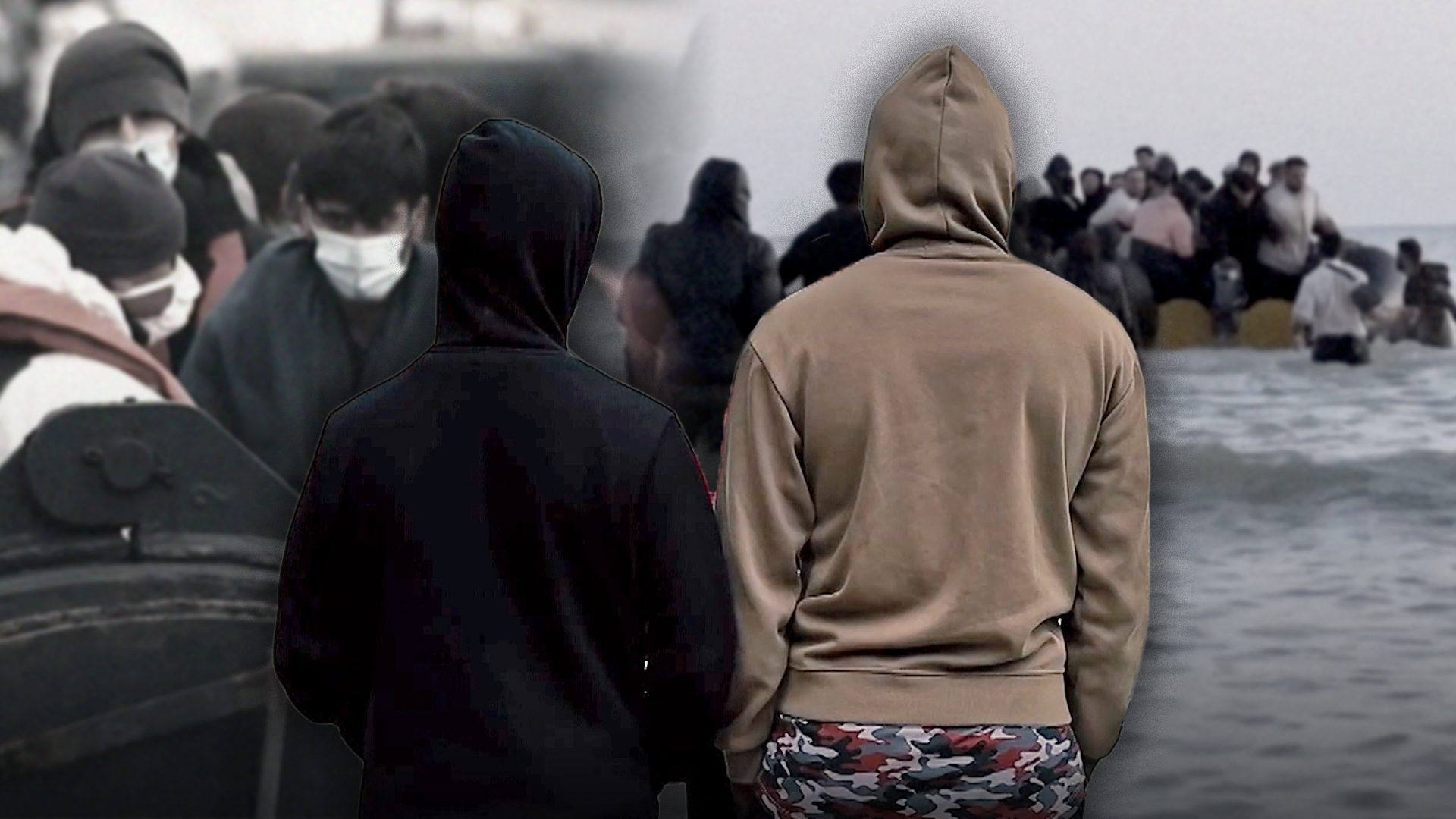Copyright zenit

(ZENIT News / Vatican City, 10.28.2025).- On October 25, Cardinal Raymond Leo Burke — a man both venerated and vilified in recent Vatican memory — stood once again at the altar of the Chair of St. Peter to celebrate a solemn pontifical Mass in Latin. But this was not merely a nostalgic gesture toward the past. It was a moment layered with history, expectation, and quiet symbolism in the early months of Pope Leo XIV’s pontificate. For the first time since 2019, the so-called “old Mass” — the usus antiquior of the Roman Rite — resounded beneath Michelangelo’s dome. Roughly three thousand pilgrims, many of them young families with children and lace-veiled women, filled the basilica. Others stood shoulder to shoulder along the marble aisles or sat cross-legged on the floor. Elderly cardinals Walter Brandmüller and Ernest Simoni, the latter a survivor of Albania’s communist prisons, were seated in the front pews. It was, in every sense, a cross-section of Catholic memory — scarred, hopeful, and deeply human. That such a Mass took place in the heart of the Vatican, and with explicit papal permission, marked a turning point in what has long been called the “liturgy wars.” It came after years of tension and recrimination following Pope Francis’ 2021 decree Traditionis Custodes, which sharply limited the use of the 1962 Roman Missal. For many who cherish the Latin liturgy, that moment had felt like a closing of the Church’s own doors. Now, the atmosphere had changed. The permission came directly from Pope Leo XIV, the first American pope in history, known for his conciliatory tone and emphasis on reconciliation over confrontation. His decision to allow Burke to celebrate the pontifical Mass — following a private audience between the two in August — was read by many as a gesture of listening rather than judgment. Rubén Peretó Rivas, an Argentine organizer of the pilgrimage, described the mood succinctly: “There is hope again. The first signs from Pope Leo are dialogue and true listening — a willingness to understand rather than to condemn.” The Mass, part of the annual Summorum Pontificum pilgrimage that gathers traditionalist Catholics “ad Petri Sedem” (“to the See of Peter”), had been denied access to the basilica in 2023 and 2024. Under Leo XIV, however, the situation shifted. The Pope’s openness, combined with Burke’s persistence, restored the ancient liturgy to St. Peter’s on the very eve of the Feast of Christ the King — a day with deep resonance in the old calendar. During his homily, delivered in Italian, English, French, and Spanish, Burke avoided politics. He made no mention of Francis, nor of restrictions and permissions. Instead, he spoke of continuity and grace — of the liturgy as “a treasure handed down in an unbroken line from the Apostles.” His tone was Marian, meditative, and unmistakably rooted in the theological language of Pope Benedict XVI, whose 2007 decree Summorum Pontificum had once normalized the celebration of the old rite. “Through the vision of Pope Benedict,” Burke said, “the Church came to a deeper maturity in understanding and loving the sacred liturgy. It is the beating heart of our communion, not a badge of division.” The words carried particular poignancy. For years, supporters of the traditional Latin Mass had been portrayed as reactionary or divisive — accusations that, while sometimes true in part, also concealed a quieter reality: families drawn to silence, beauty, and transcendence. “It’s not the caricature people imagine,” said Hungarian ambassador to the Holy See Eduard Habsburg, who attended the Mass with his family. “It’s not rebellion. It’s faith — families, prayer, and reverence.” The atmosphere of that October afternoon was not triumphalist. It was devotional, at times fragile. When the choir intoned the Sanctus, the marble floor seemed to tremble — not with defiance, but with relief. After years of suspicion, the ancient words sounded once more in the world’s most famous basilica, not as protest, but as prayer. Still, the moment carried unmistakable political undertones. Vatican-watchers were quick to note the timing: just months after leaked Vatican documents suggested that the global bishops’ responses to Francis’ 2020 liturgy survey had, in fact, been largely favorable toward the old rite. The documents contradicted the official rationale for the restrictions, revealing that most bishops did not see the traditional liturgy as divisive and warned that suppressing it could do “more harm than good.” That revelation, coupled with Pope Leo’s reputation for openness, gave the Burke Mass the feel of a quiet recalibration — not a reversal, but a rebalancing. In an early interview, Leo XIV acknowledged that some had “used the liturgy as a political tool,” yet also recognized “many believers who, through the Tridentine Mass, seek a deeper encounter with the mystery of faith.” Such nuance was absent from the years of bitter polarization. Under Francis, the debate had hardened into opposing camps. Under Leo, it may yet evolve into something more humane. As the final blessing concluded, the crowd lingered — pilgrims from 70 associations across the world, carrying banners and rosaries, some in tears. Outside, beneath the colonnades of Bernini, they sang the Salve Regina as twilight fell on Rome. The moment was historic, yes, but also fragile — a beginning rather than a conclusion. Whether this marks a lasting thaw or merely a pause in a long ecclesial struggle remains uncertain. What is clear is that for one afternoon, beneath the vast dome that has witnessed the prayers of centuries, the Church breathed again in Latin — not as a language of nostalgia, but as a sign of unity waiting to be rediscovered. Thank you for reading our content. If you would like to receive ZENIT’s daily e-mail news, you can subscribe for free through this link.



